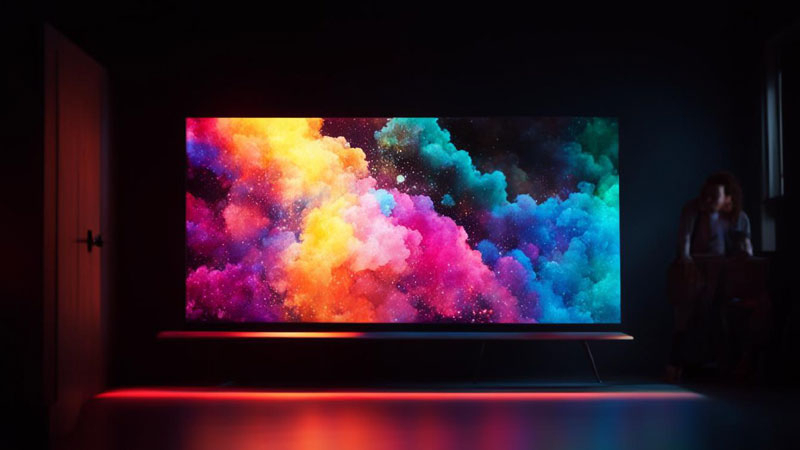LG Display has taken another step in the development of OLED display technology by developing a panel based on a blue phosphorescent emitter (PHOLED). According to OLED-Info, this development could lead to entirely new OLED display products that would consume significantly less power than standard OLED panels.

Image source: AI generation Kandinsky 3.0/3DNews
A key element of the innovation is the use of phosphorescent organic light-emitting diodes (blue PHOLEDs), a technology provided by Universal Display Corporation (UDC). PHOLED technology achieves 100% internal quantum efficiency (IQE), which is significantly higher than the 25% efficiency achieved with current fluorescent emitters, and reduces the power consumption of the display itself by approximately 20-30%.
«Development will take a few more months, but it is unlikely that everything will be ready in 2024,” UDC representatives said, emphasizing certain difficulties in increasing the service life of materials. However, LG Display has found a solution by using a tandem architecture that will allow for a commercially ready display, perhaps even sooner than UDC planned.
Tandem architecture uses two OLED structures stacked on top of each other. This allows the same brightness to be achieved as a conventional single-layer OLED, but with less current, which in turn extends the life of OLED materials. Note that LG Display successfully introduced tandem displays back in 2019 for the automotive market, and has recently also used them in Apple tablets and laptops.
According to the information, LG Display plans to complete the development soon and will consider commercializing such a display within a year and thus become the first company to launch PHOLED displays in the market, gaining an advantage over competitors, particularly Samsung Display.
It should be noted that such displays will be more expensive to produce due to a more complex process requiring twice as much material for the OLED front plane, as well as the high cost of PHOLED emitters. In this regard, an architecture could be considered in which one of the layers in a tandem stack uses a blue phosphorescent emitter and the other uses a blue fluorescent emitter. This approach could be effective and reduce the cost of these displays.